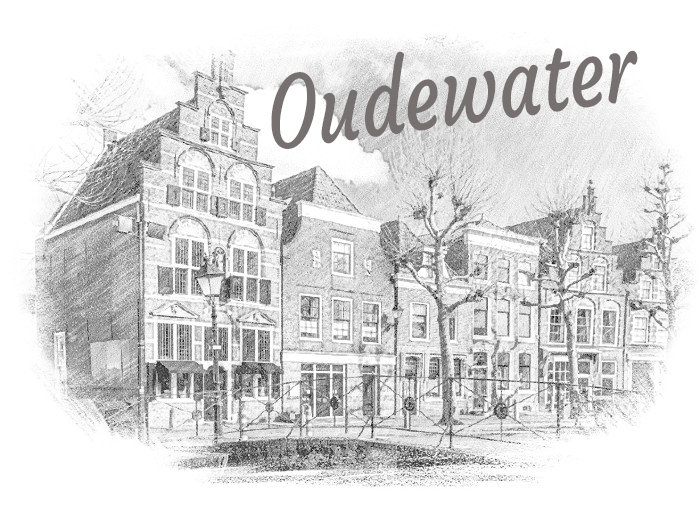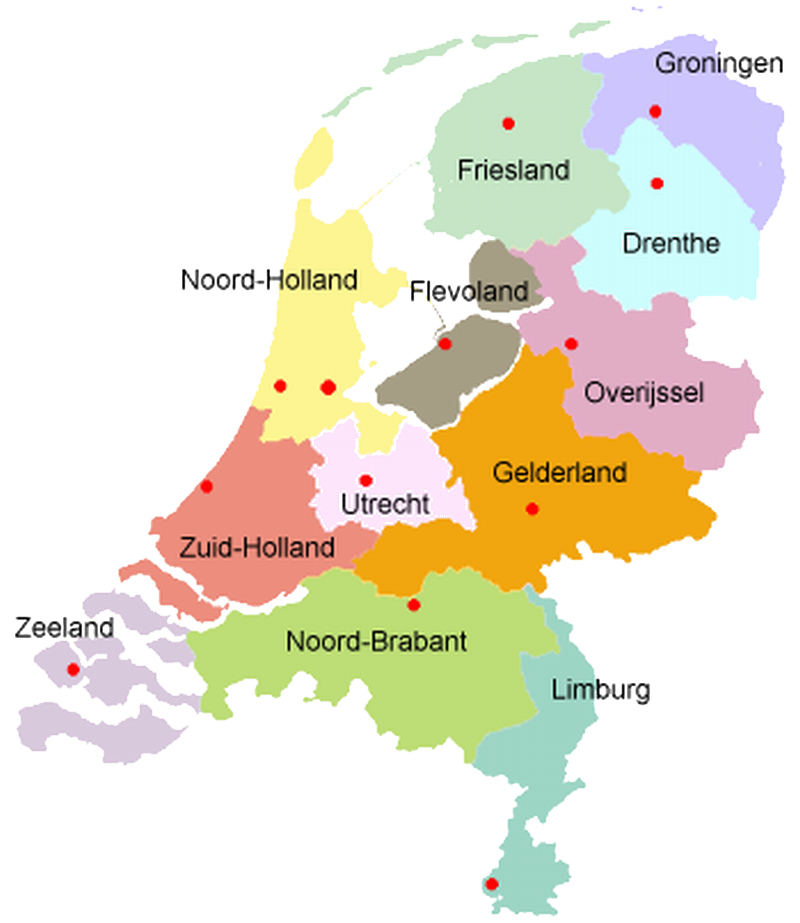
Oudewater, a hidden gem that beckons travelers seeking an authentic Dutch experience. With its cobblestone streets, historic buildings, and a rich cultural heritage, Oudewater offers a captivating glimpse into the country’s past and present.
One of Oudewater’s most iconic attractions is the Witches’ Weighhouse (Heksenwaag), a historic weighhouse where, in the 16th century, accused witches were weighed to determine their guilt or innocence. Today, visitors can step into this intriguing piece of history and even get themselves weighed, minus the witchcraft accusations, of course.
Oudewater’s canal-lined streets and well-preserved architecture make it perfect for leisurely strolls. The town’s central square, Markt, is a hub of activity, featuring charming cafes and shops. Don’t forget to savor Dutch delicacies like stroopwafels and cheese while exploring.
For history enthusiasts, the Oudewater Museum is a must-visit. It showcases the town’s rich history, including its significant role in the Dutch Golden Age.
Nature lovers can indulge in the serene beauty of the surrounding countryside, with cycling and hiking trails aplenty. Oudewater’s idyllic location along the banks of the Hollandsche IJssel River adds to its allure.
In conclusion, Oudewater is a quintessential Dutch town that effortlessly marries history, culture, and natural beauty. Whether you’re fascinated by its witchcraft history, enchanted by its architecture, or simply seeking a tranquil escape, Oudewater welcomes all with open arms
The Dutch witch hunts
In the annals of history, the witch hunts of the 16th and 17th centuries remain a harrowing chapter, marked by fear, paranoia, and superstition. While often associated with countries like Salem in the United States, these witch hunts were a global phenomenon. One lesser-known but equally significant episode took place in the Netherlands, where the Heksenjacht, or witch hunt, cast its long, chilling shadow. However, amidst the darkness, a beacon of rationality emerged in the form of the Heksenwaag, or witch weighhouse, in the town of Oudewater.
The Dutch witch hunts, much like their European counterparts, were driven by a toxic mix of religious fervor, social unrest, and a deep-seated fear of the unknown. As the Reformation swept through the Netherlands, Catholic and Protestant authorities alike sought to root out perceived threats to their faith and society. Witches were considered these threats, accused of consorting with the devil and practicing malevolent magic.
Oudewater, a picturesque town in the province of Utrecht, stood out during this dark period for its progressive approach. While the witch trials raged on in other parts of the country, Oudewater became famous for its Heksenwaag, a weighing house where suspected witches could prove their innocence. The belief was that witches were lighter than ordinary people because they had renounced their baptism, a claim based on superstition rather than science.
The Heksenwaag in Oudewater was a place of hope for those accused of witchcraft. The town’s scales were renowned for their accuracy and fairness. Individuals accused of witchcraft from all over the Netherlands and beyond would travel to Oudewater to be weighed. If the scales deemed them of normal weight, they were issued a certificate declaring them “witch-free.” This document not only saved lives but also allowed individuals to escape the persecution that had gripped the country.
The Heksenwaag played a crucial role in the eventual decline of witch hunts in the Netherlands. As the number of innocents weighed and found guiltless increased, faith in the arbitrary and unfounded accusations of witchcraft began to wane. The people of Oudewater demonstrated that rationality and justice could prevail over hysteria and superstition.
Today, the Heksenwaag in Oudewater stands as a museum and a reminder of this dark period in Dutch history. It serves as a symbol of the importance of skepticism, fairness, and rationality in the face of irrational fear and prejudice. Visitors can still see the original scales used to weigh the accused witches and learn about the lives saved by this institution.
In conclusion, the Dutch witch hunts and the Heksenwaag in Oudewater are a haunting testament to the power of fear and superstition to drive societies to commit atrocities. However, Oudewater’s Heksenwaag also stands as a beacon of hope and reason during this dark period. It serves as a reminder that, even in the darkest times, there can be individuals and communities willing to stand up for justice, fairness, and rationality.
rigged, resulting in the burning or drowning of hundreds of innocent people.


Oudewater belonged to Utrecht until 1280 and was governed by the Lords of Woerden. After this it was transferred to Holland and a few decades later it obtained city rights. On the stamps that were made after the transition to Holland, a castle is depicted, on which a lion. To the left and right of the lion are a number of flowers. In the seventeenth century, the city coat of arms is mentioned in the form in which it still exists today. Oudewater was a border town and the castle symbolizes the fortifications, while the lion represents vigilance against Utrecht.








